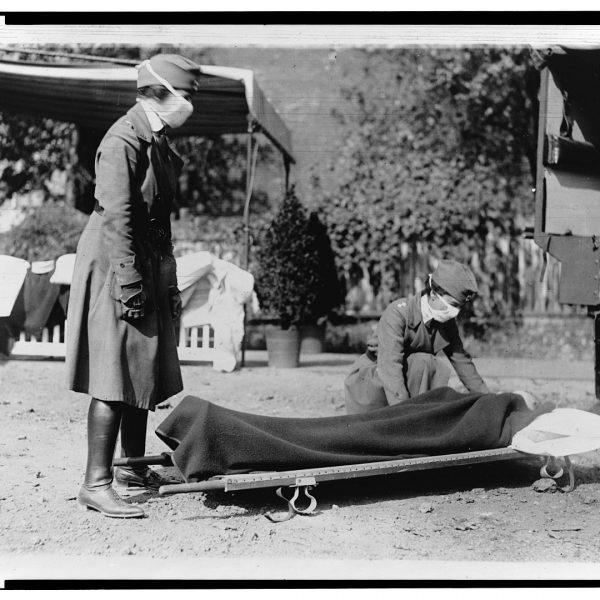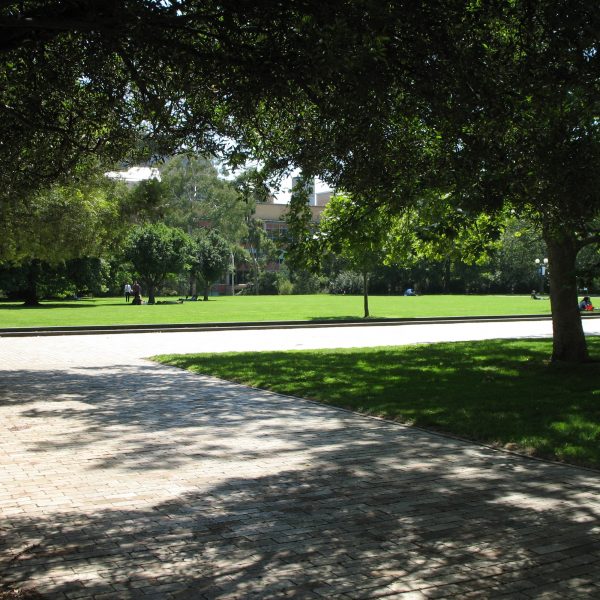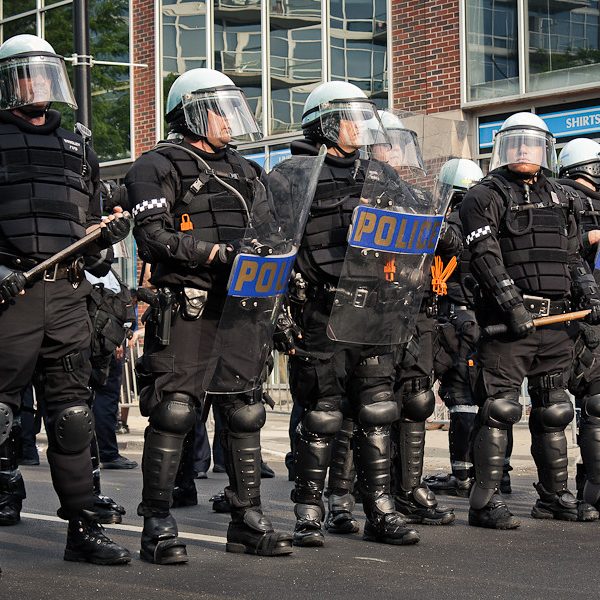
Socially, economically, and politically the time of COVID-19 in the Pacific has been a mixed one. In one way it has been apocalyptic (literally an “uncovering” or “unmasking”); truths about the region’s true political economy can no longer be denied. On the other hand, the COVID-19 era has provided opportunities for governments to “mask” and cover up inconvenient truths of the region.

By the first decade of the nineteenth century, a new idea had entered the Western world. Psychiatrists, naturalists, politicians, and theologians throughout Europe and North America came to believe that there existed a form of insanity that caused its victims to express false religious opinions, to hold clearly unreasonable religious beliefs, or to dwell too deeply on religious issues.
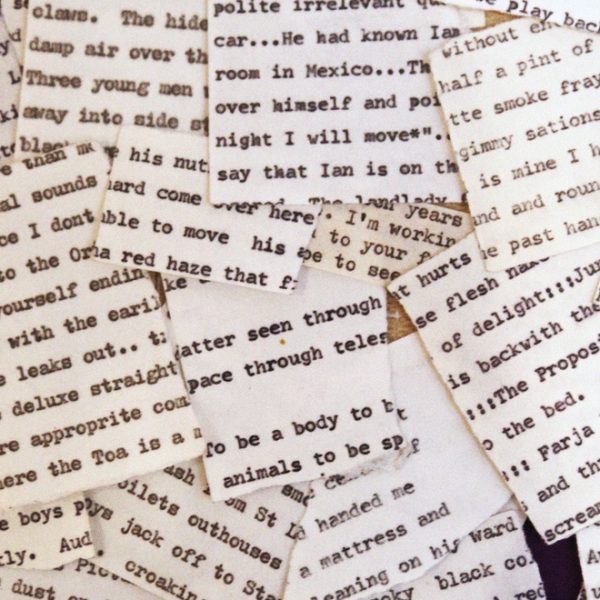
According to Burroughs and Gysin, the power of language was the thing. There was something queer, indeed, about the capacity of any language to channel all manner of patterns and directives that had nothing, essentially, to do with the words that comprised that language.

Given the history of othering and control of women’s bodies, it may surprise you to learn that the mikveh has become a central site of Jewish feminist, and more recently, queer and trans activism. Across the United States, Canada, and Israel, participants in a grassroots Modern Mikveh Movement have been collectively reclaiming what many have considered to be among the most irredeemable misogynistic forms of bodily disciplining.

Life after violence and profound loss requires that we find ways to hold and contain that pain. Relics help us do this. As we wrap them in our words, craft beautiful containers, or place them in vitrines, we keep these memories alive. We acknowledge and respect their ongoing presence in our lives.

The survivors were oppressed and deprived of their freedom, dignity, identity, womanhood, and youth. However, they are now human rights movement activists, teachers, living testimony of the painful history, and much more.

Remembering a future that is habitable for humanity and receptive to justice requires remembering the inconvenient past that, when surfaced, can threaten the status quo.
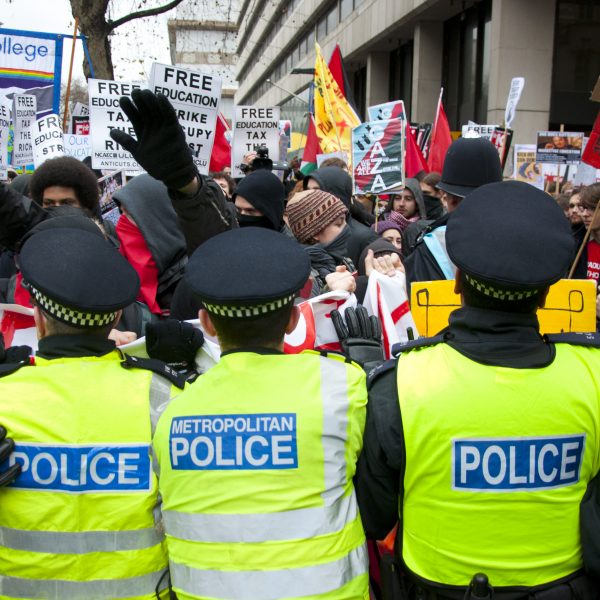
Where the parliamentary organization of the Kingdom took care of the horizontal unity of Crown law, the advent of the new police both represented and ensured its vertical unity, from the streets of Whitechapel to the halls of Westminster.

Born out of the recognition that the place of guns in the United States cannot be adequately explained via statistical data—that qualitative accounts are urgently needed—these approaches aim to understand the logics of self-defense and self-preservation at play in forms of life in which guns have been incorporated.
